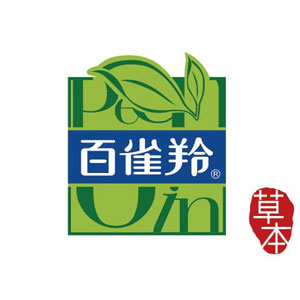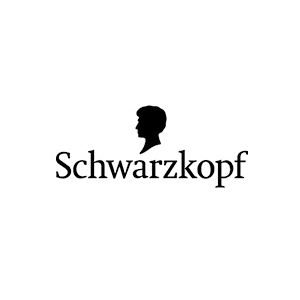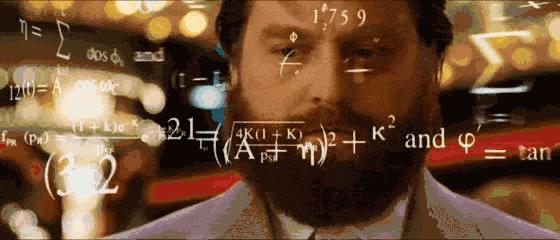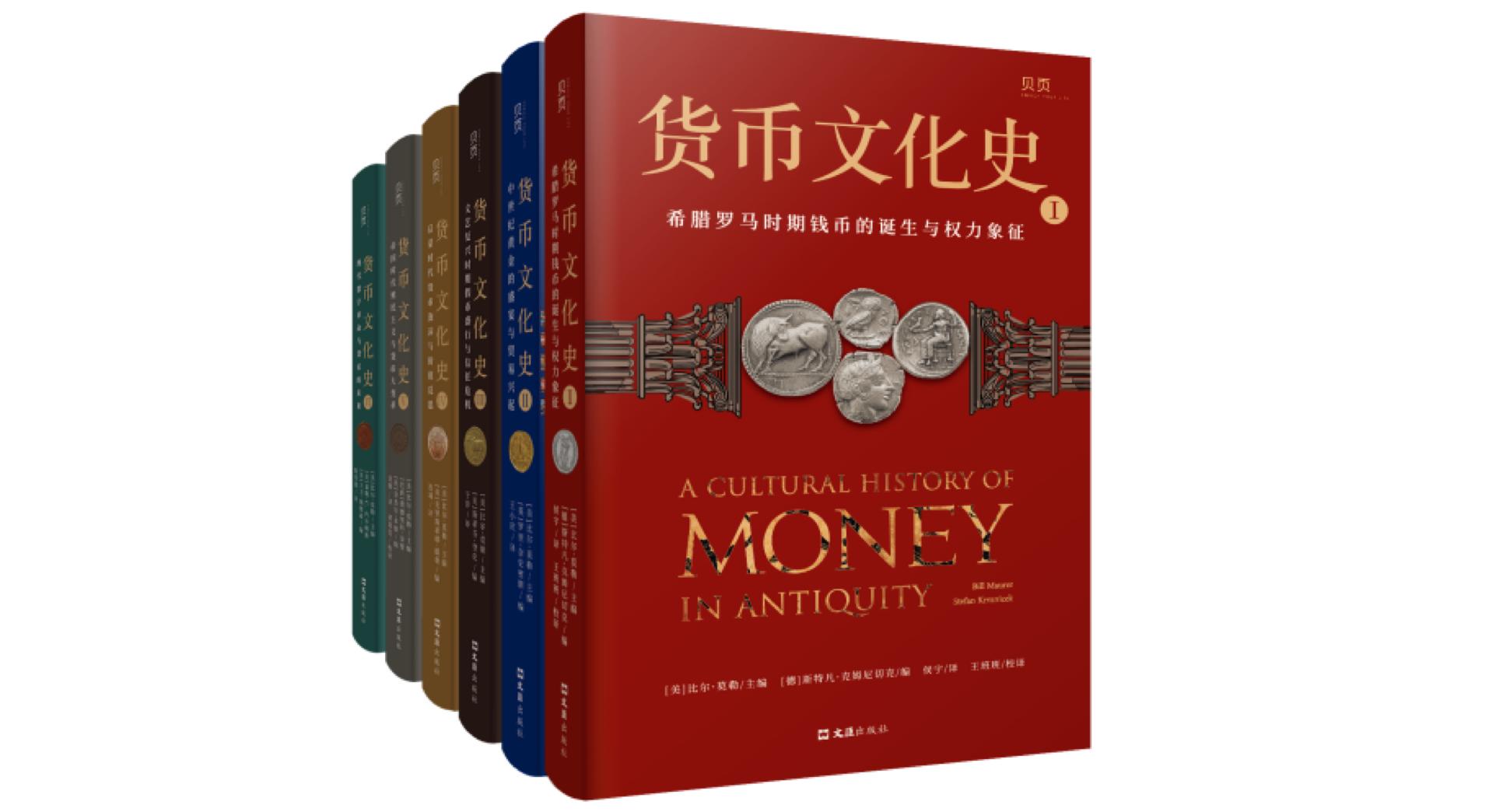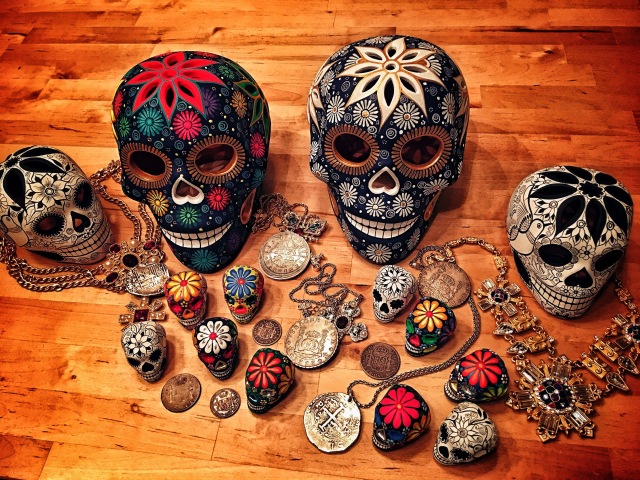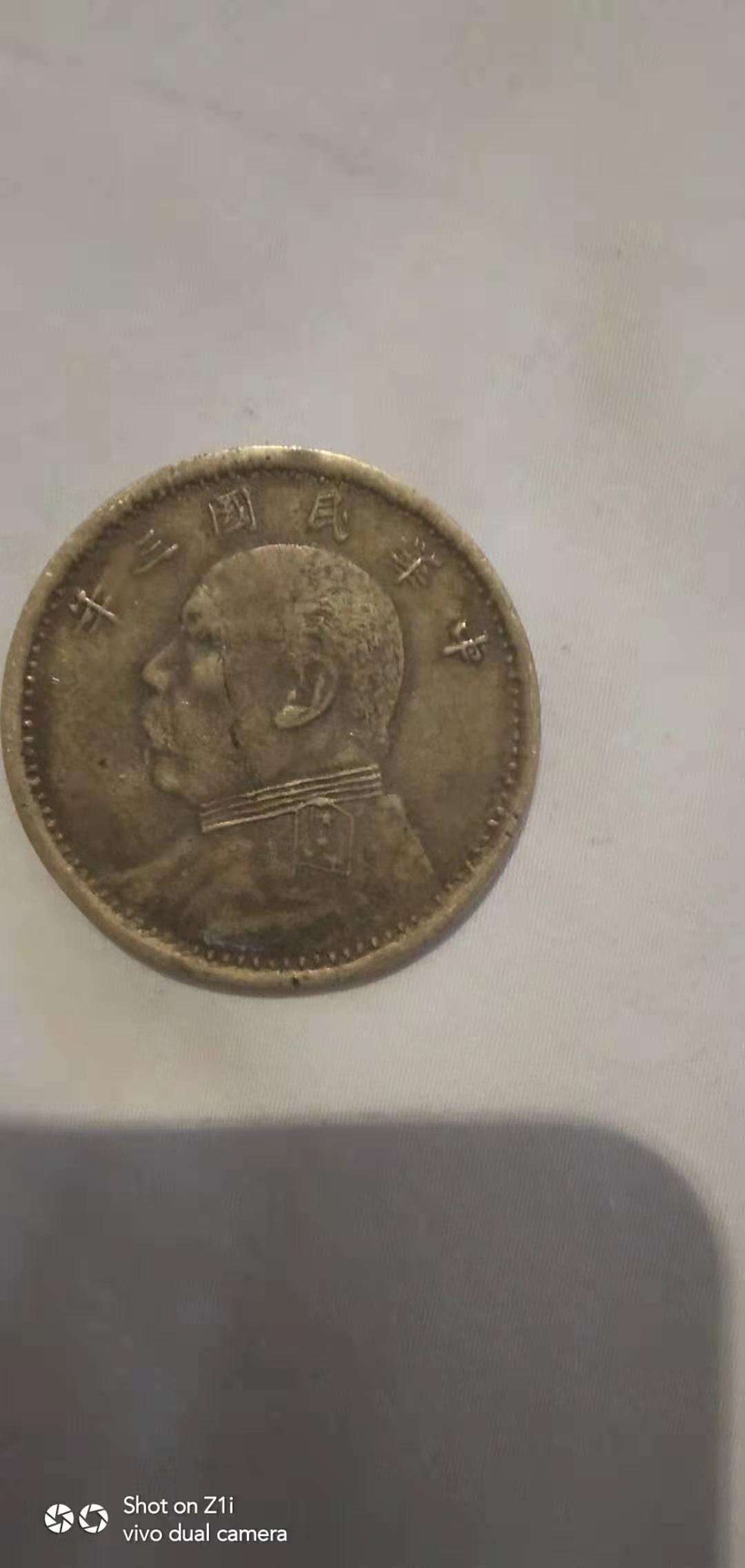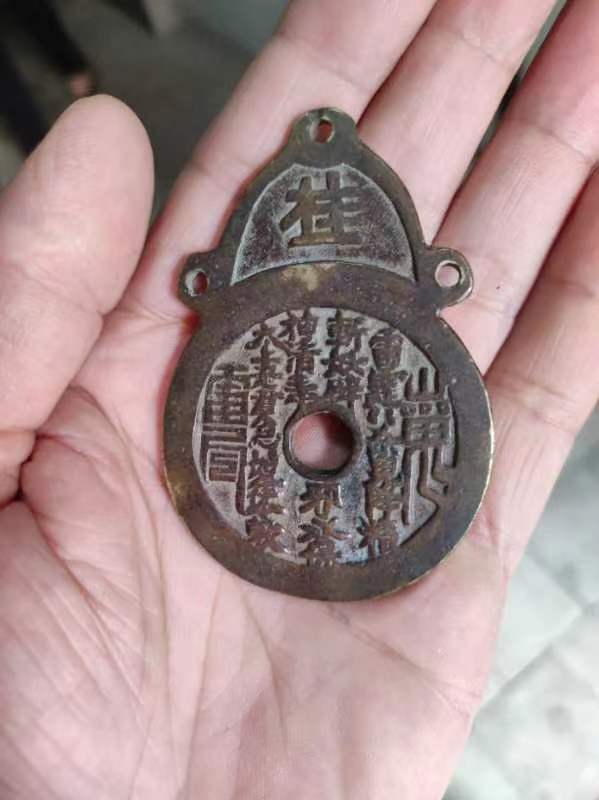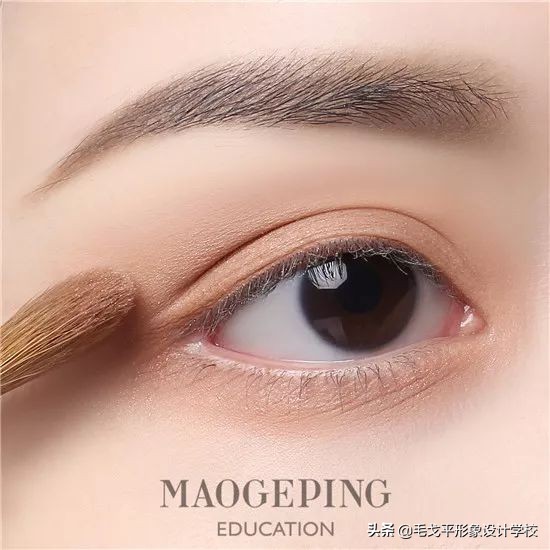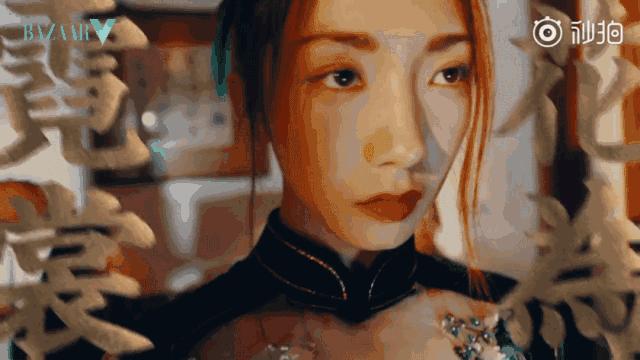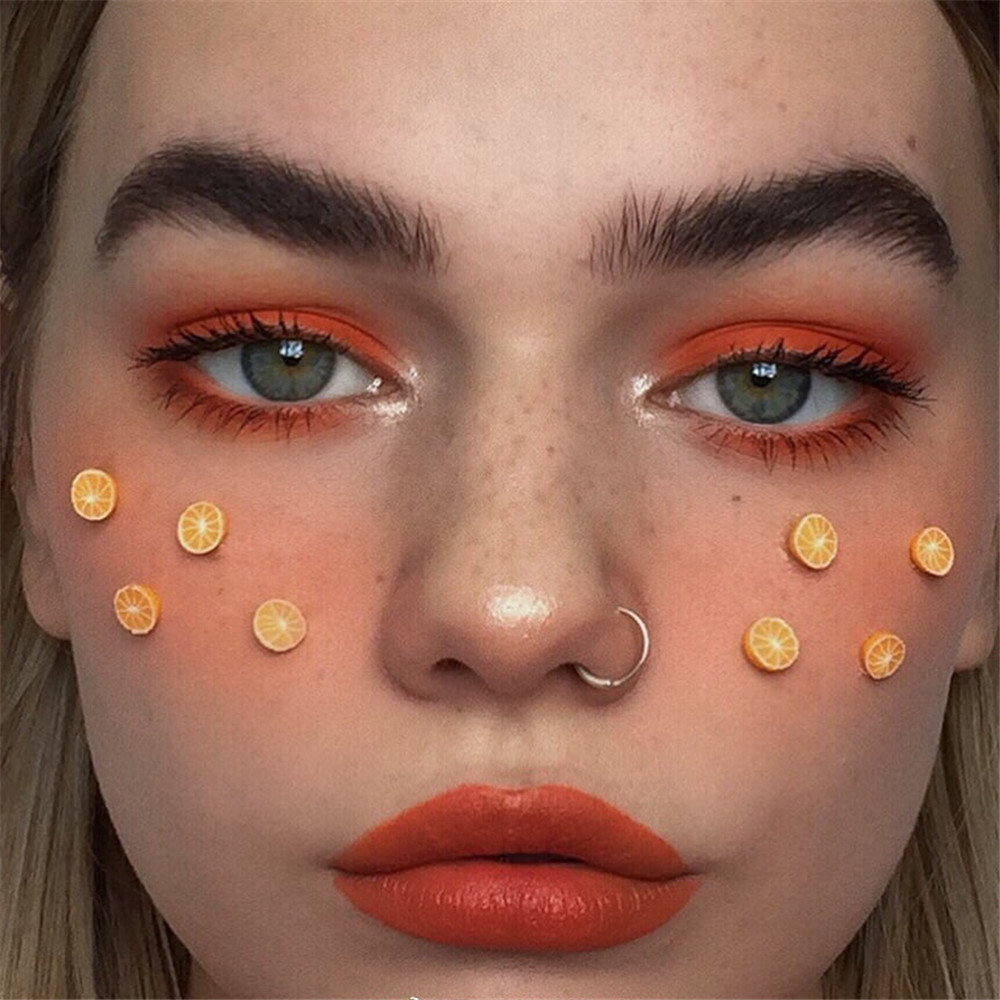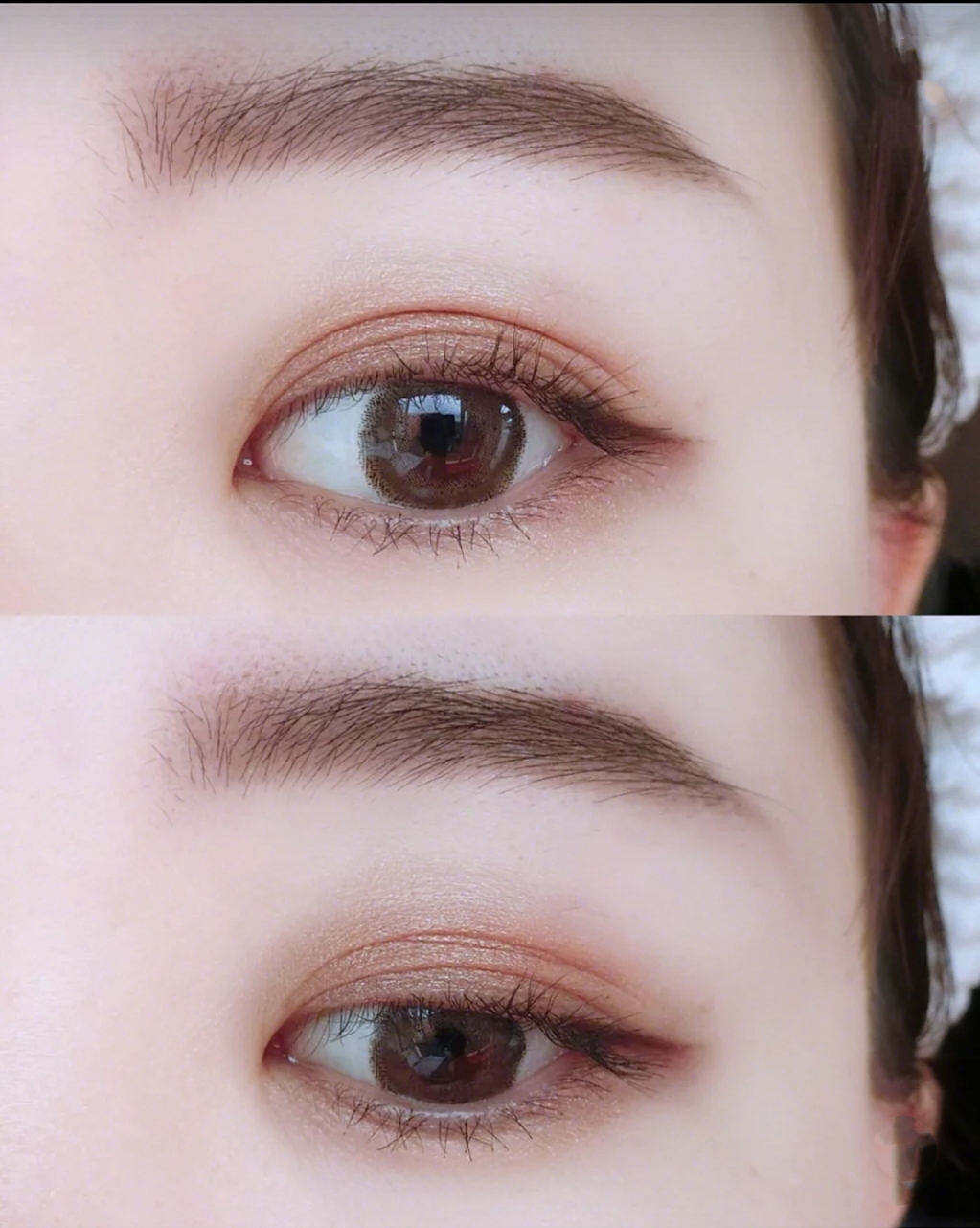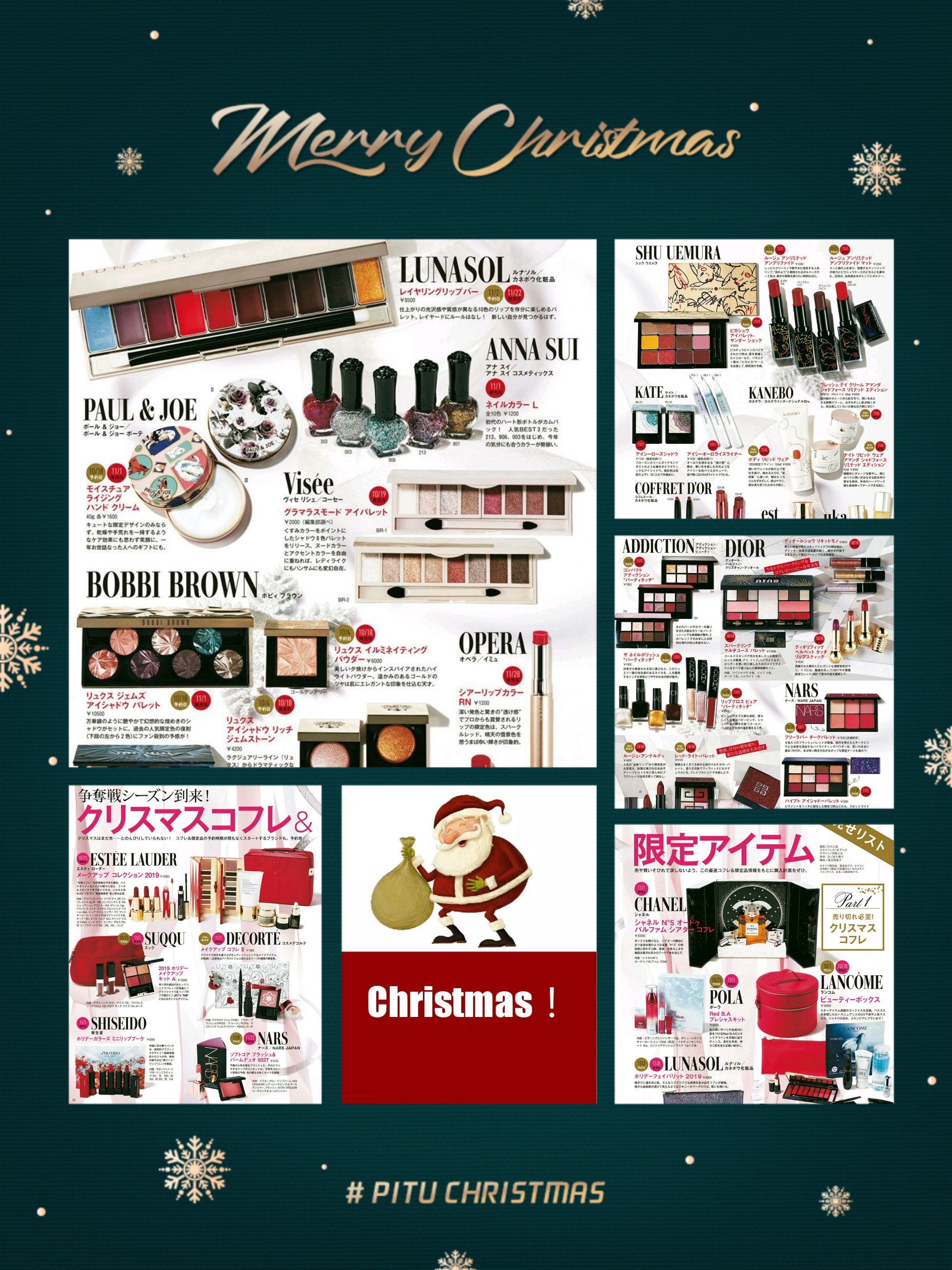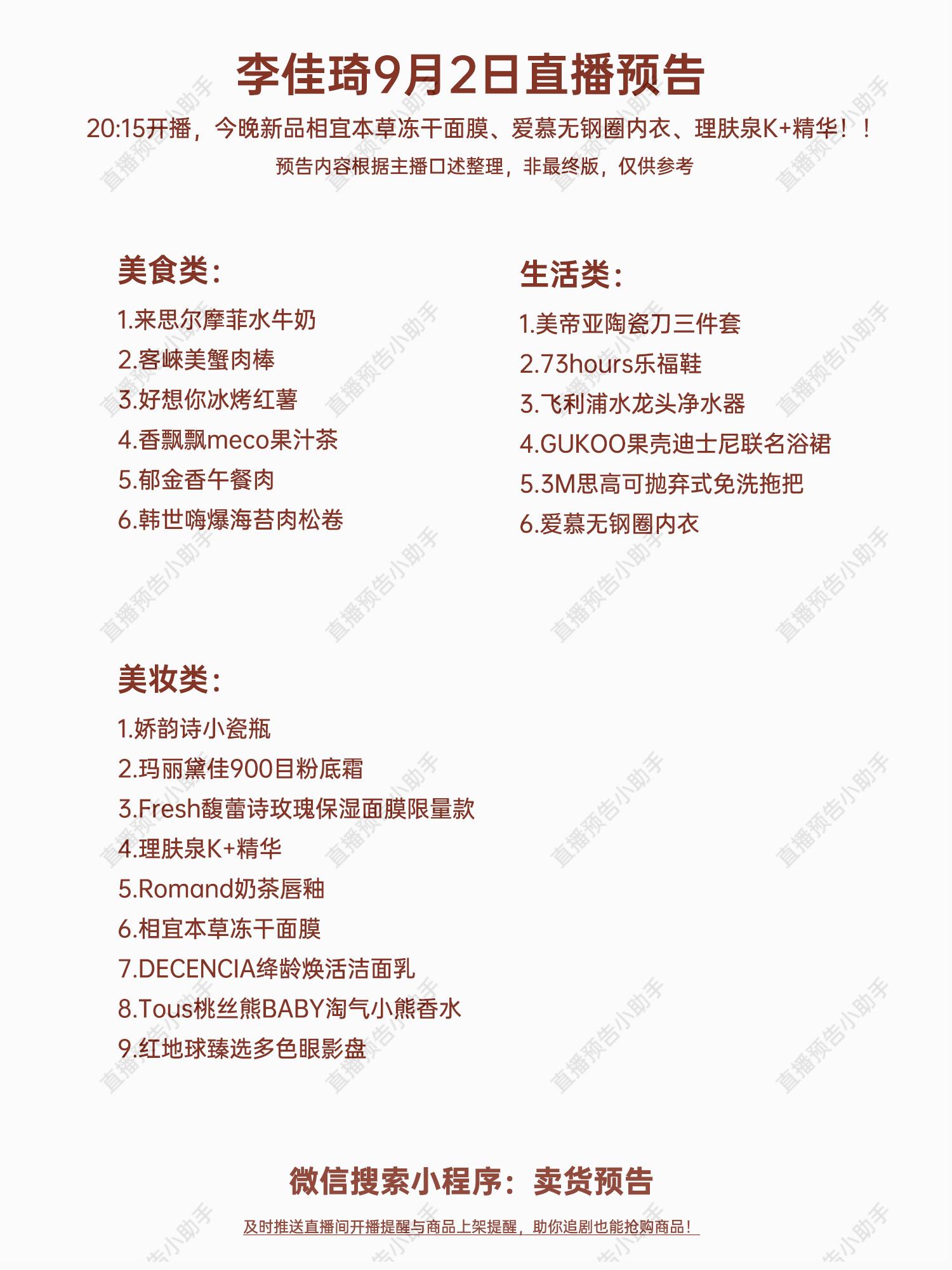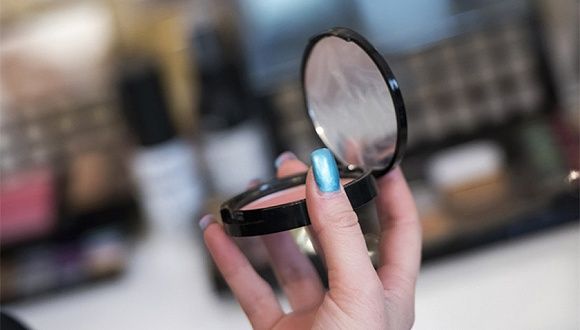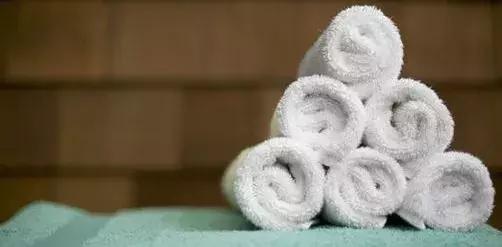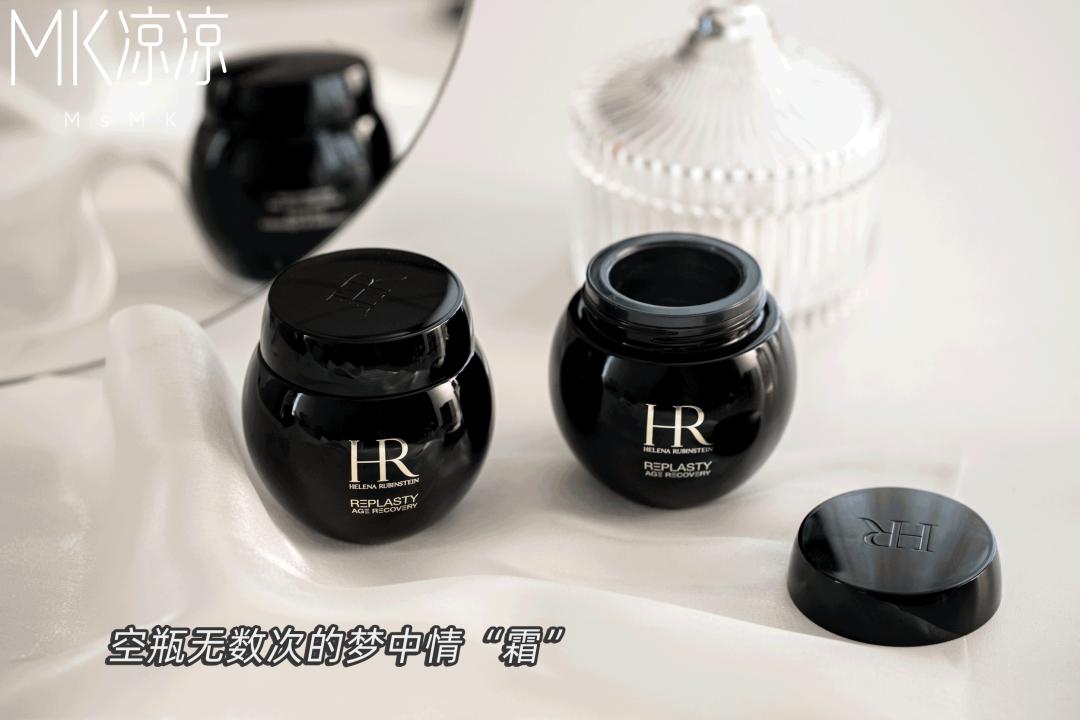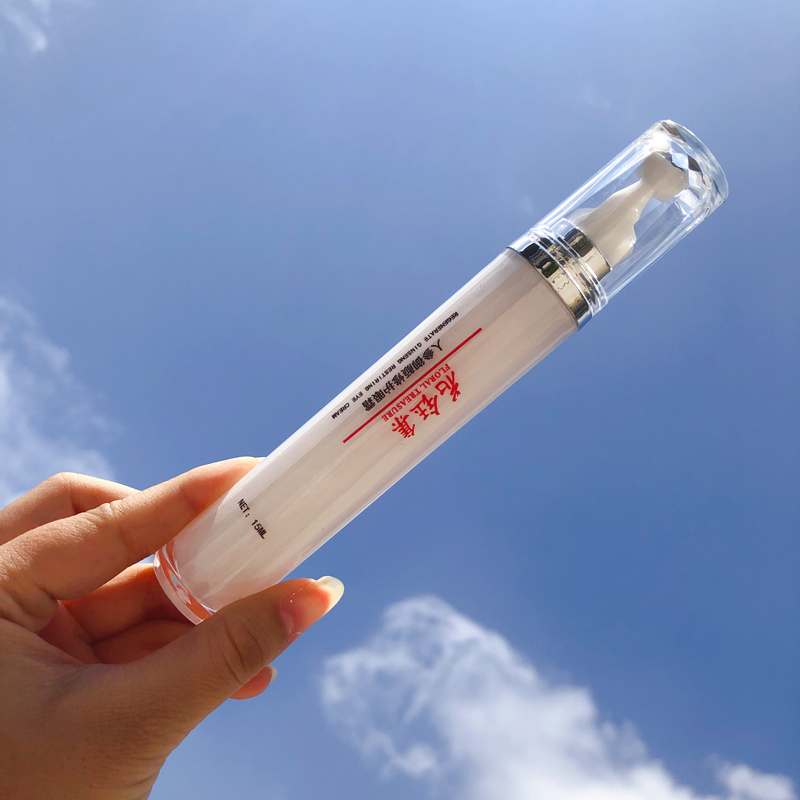宣宗元光二年(1223)因兴定宝泉贬值而发行。《金史·食货志》称每贯当通宝五十, 有误。元光重宝发行后, 兴定宝泉并未收回, 而同年又发行元光珍货。
元光重宝样币
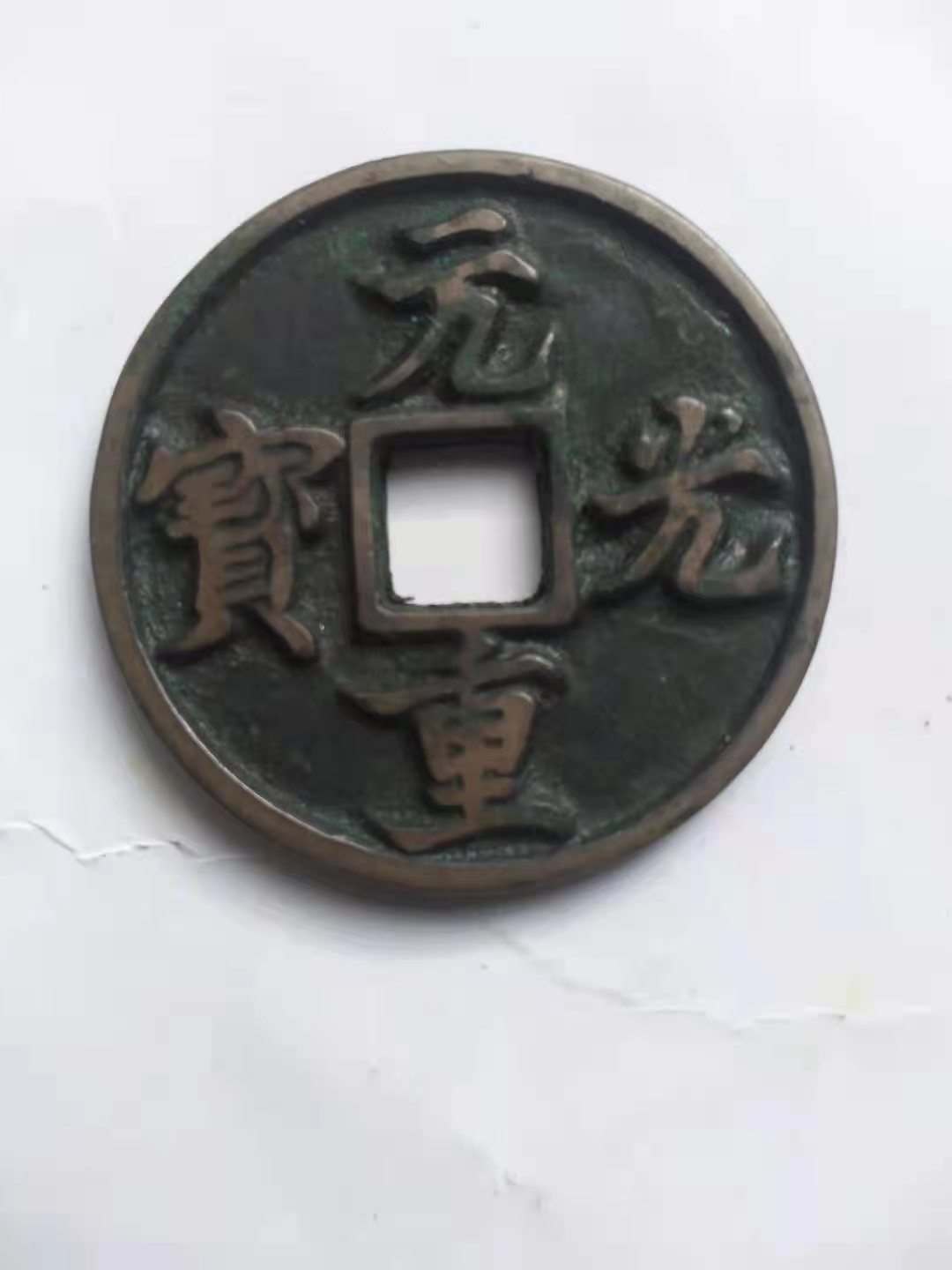
此枚“元光重宝”钱币正面印刻着“元光重宝”四字,字迹清晰,苍劲有力。观其铸体,铸制规整,边圆廓正,坦平地章,穿缘廓干净,优良铸工,更显字廓深竣挺拔,精整有加。品赏其钱文,可见咸丰重宝之特有字体端美亮眼,十分耐赏!
钱币收藏的门类比较多,有古钱币,近代钱币和新发行的钱币,有国内的,还有国外的,根据发行年代、发行量、币值和品相等不同,它们的升值潜力也不尽相同。有些钱币被关注追捧后,几个月内价格就能翻几番,如此高的收益让一些人为之心动。

此币背面光面,整体字体立体感强,为少有的样币,存世十分稀有。整体币面造型较为分明,古铜色圆型钱币,中间穿正方形孔,钱币前后氧化一致,有明显的原光包浆,此钱币是一件开门到代的美品钱币。身份极为尊贵,是众多钱币收藏爱好者及研究专家的所爱之品,因而也展现出极佳的市场收藏价值。
泰和重宝,中国古代钱币之一。
泰和重宝”是金章宗于泰和四年(1204)始铸的青铜钱。据《金史·食货志》载:“泰和四年八月铸大钱,一值十,篆书曰‘泰和重宝’与钞参行。”
自公元1115年太祖完颜阿骨打建国以来,金代在长达40余年里没有本朝的货币,不断沿用辽宋旧钱,“泰和”钱的铸造,方便了货币交流,促进了商品流通。“泰和重宝”就钱文而言,有玉箸篆和瘦金体之分,犹有北宋宣政之余风。“泰和”寓意祥和、吉利,安泰和顺、有国泰民安的意味。用来寄予人们良好的祝福。
泰和重宝
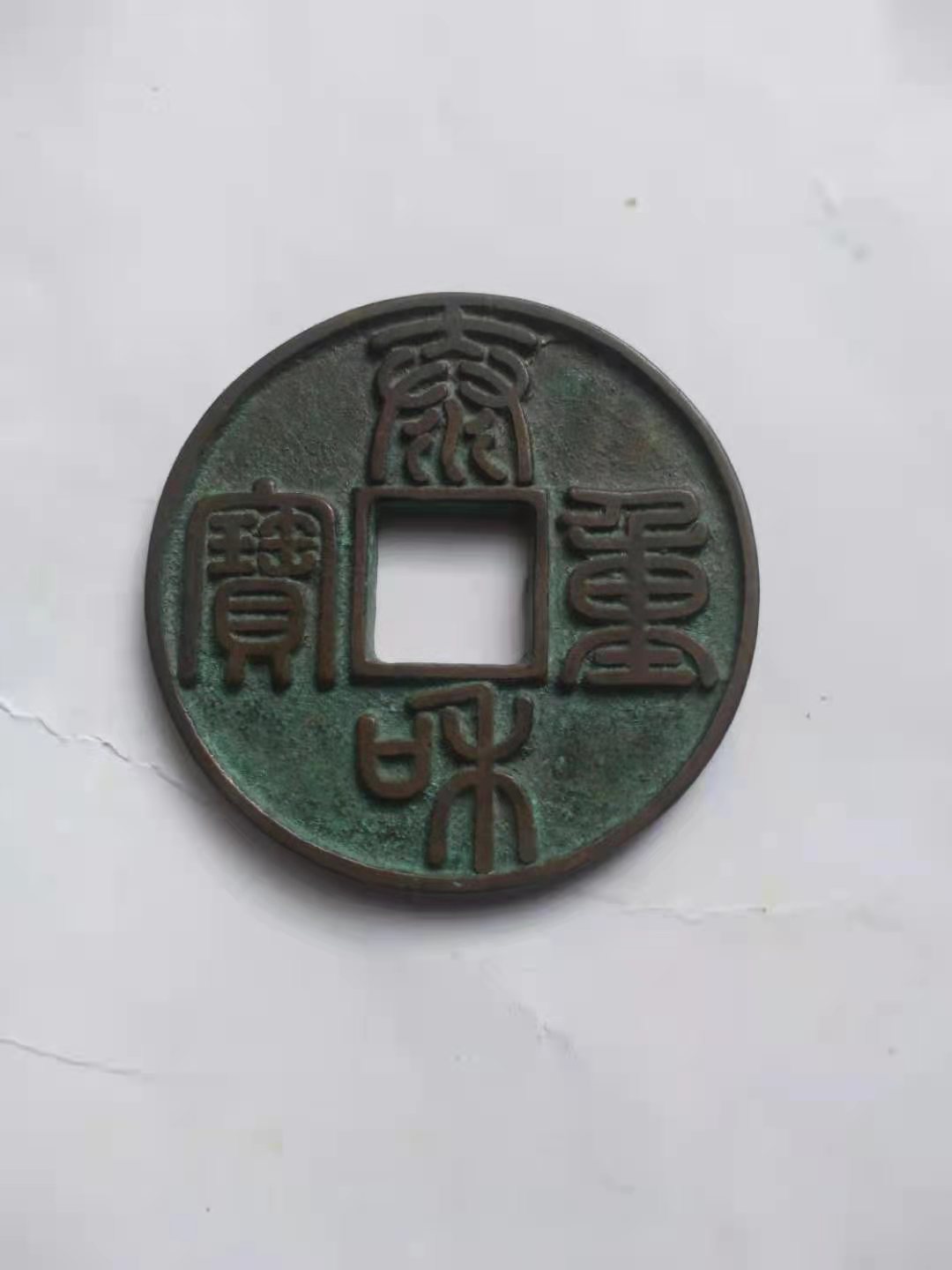
自公元1115年太祖完颜阿骨打建国以来,金代在长达40余年里没有本人的货币,不断沿用辽宋旧钱“泰和”钱,紧张了钱币流通中的矛盾。而铜钱的添加,方便了货币交流,促进了商品流通。“泰和重宝”就钱文而言,有玉箸篆和瘦金体之分,犹有北宋宣政之余风。“泰和”寓意祥和、吉利,人们用来寄予良好的祝福。泰和文寓意不祥幸福、安泰和顺、是国泰民安的意味。
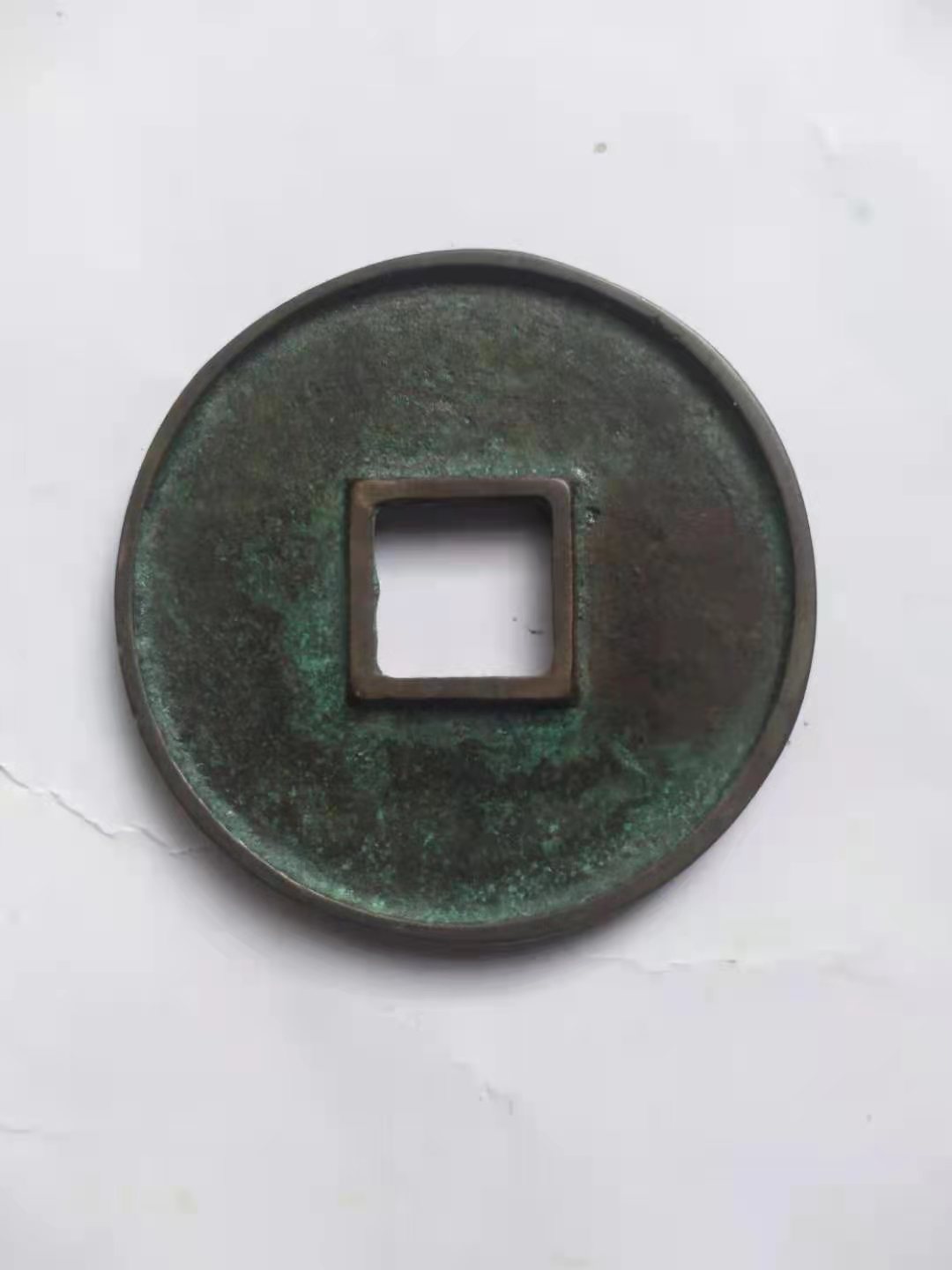
泰和重宝”是金朝第六个皇帝金章宗完颜璟铸造的。金人占领中原后,虽有自己的文字,但受汉族先进文化的影响,汉化程度已经有了很大程度的提高,加上金宋贸易频繁,所以金代所铸钱币,基本都用汉文。这些钱币非常精美,技术水平很高,丝毫也不亚于同一时期的两宋。此枚“泰和重宝篆书折十合背”钱币,铜质优良,体态浑厚,制作精美。字体为篆字体,精纯典雅,分别位于四出纹之间,布局规矩协调;后背四出纹间无字。币边圆廓正,地章坦平,币面字廓、四出线条深缀如刀刻,毫无粘连,与书载一致。中四棱孔横直竖立,规范端庄,美不胜收。篆书泰和重宝属大美泉,深得藏钱家之喜爱,市面稀缺,极具收藏价值。
清朝灭亡之后,1912年4月袁世凯出任大总统。北洋政府鉴于当时铸币、纸币十分复杂,流通的中外货币在百种以上,规格不一,流通混乱,折算繁琐,民众积怨,同时也想借助货币改制以解决军费问题,便决定铸发国币。袁世凯为了提高自己的统治地位,把他的头像铸于币面,“袁大头”由此而来。
袁世凯中圆银币

袁大头中圆银币 背嘉禾二本,左右交互,下系结带,中铸“中圆”二字。这些年,在银元收藏界,有一个名字,始终不乏耳闻,那就是“袁大头”,特别是这几年,随着金银价格走强以及市场的火爆,许多老银元的市场价格都有了多倍的涨幅,其中部分版本特殊,品相良好,存世稀少的珍品,更是不可估量。
背面为嘉禾图案,嘉禾”,美禾,茁壮之禾,硕大之禾,祥瑞之禾也。东汉许慎《说文》云:“禾,嘉谷也。以二月而种,八月始熟,得时之中,故谓之禾。”王充《论衡·讲瑞篇》云:“嘉禾生于禾中,与禾中异穗,谓之嘉禾。”古人多以“嘉禾”为祥瑞之物,与甘露醴泉并称。如班固《汉书·公孙弘传》云:“甘露降,风雨时,嘉禾兴。”也就是生长得特别茁壮的禾稻,古人视嘉禾图案为吉祥的象征。
在中国钱币上就有嘉禾图案,现在国徽上就有,最典型的嘉禾纹样就是“袁大头”上的背后的嘉禾图案。
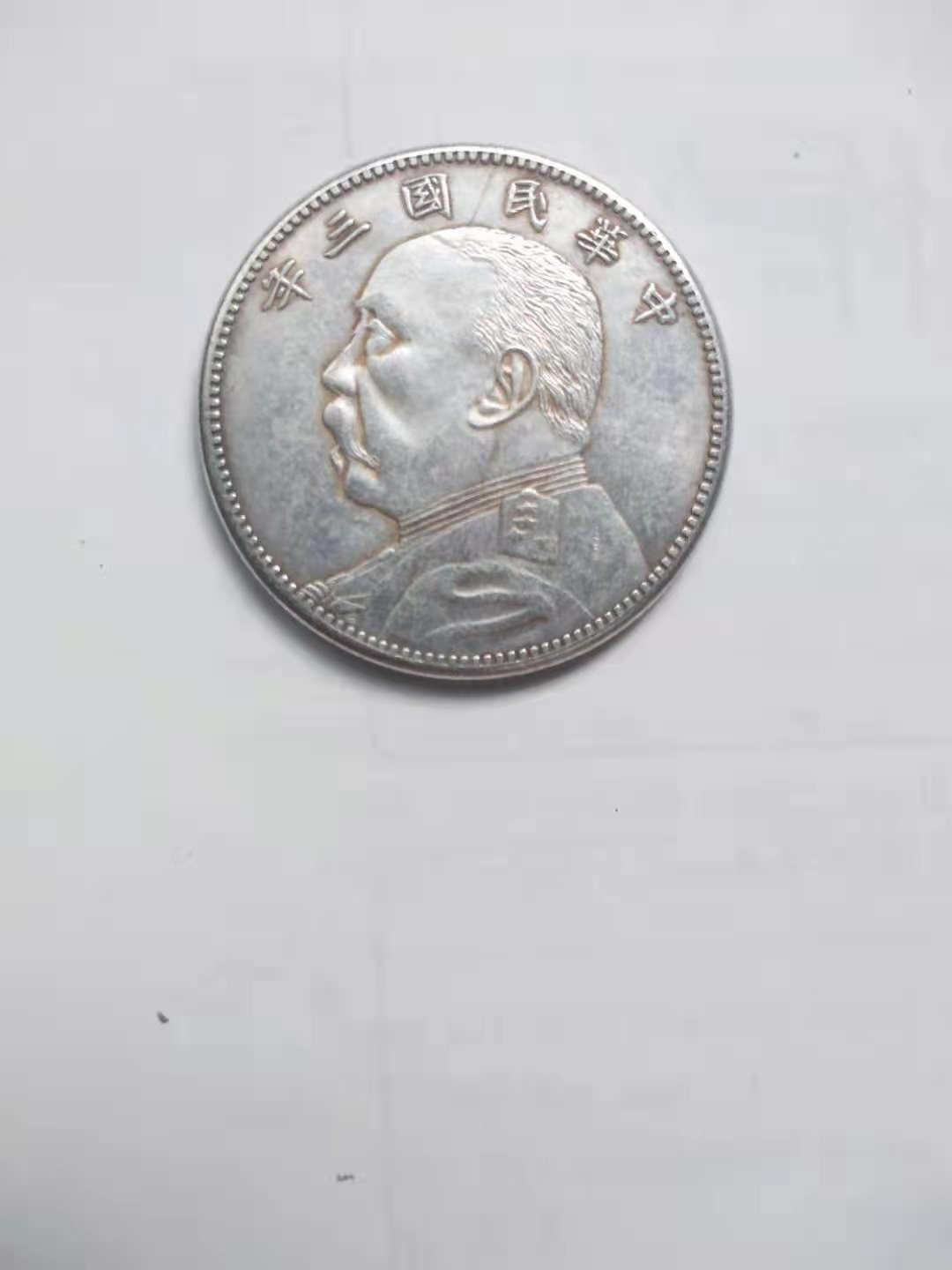
袁大头中的极品民国三年袁大头,这一年的袁大头发行量最少,因为他在当时是一个错版的存在,一般的袁大头都是七个字,多了一个‘造’字,在所有袁大头中只有民国三年的袁大头是没有造字的,民字是多一点的,这也是与其它钱币很大的一个区别,我们可以看到袁大头人像胸前与内齿接触的地方是少一个内齿的,这也是内行人鉴定钱币真假重要的一点,这枚钱币整圈就少这一个内齿,当时的目的就为了来防伪的,而后期仿制的钱币是没有注意到这个细节的。
这三枚钱币包浆自然,底光柔和,所谓包浆是自然形成的氧化层,也有人为手盘包浆,两者不同,但同时都有保护钱币的功能,有如给钱币镀上一层保护膜,使钱币不再氧化,便于收藏传世,如果觉得钱币脏,可以用清水洗,再用棉布擦干,不要破坏包浆,破坏了包浆就相当于破坏了保护层,更重要的是包浆是鉴定新老钱币最简单有效的方法。细看这三枚钱币品相完美,没有磕缺,损毁,变形等是不可多得的收藏级钱币,建议收藏,传世。
英文翻译:Xuan Zong Yuan Guang two years (1223) due to xing Ding Bao Quan devaluation and issued. Jin History · Food and Goods Annals said that every guan when tongbao 50, wrong. Yuanguang chongbao issued, Xingding Baoquan did not recover, and in the same year yuanguang zhenhuo was issued.
Yuanguang Chongbao sample coin
The front side of this Yuan Guang Zhong Bao coin is engraved with the words Yuan Guang Zhong Bao, which is clear and vigorous. View of its cast, cast orderly, the edge is round, flat chapter, wearing edge clean, excellent foundry, but also show the word profile deep tall and straight, refined add. Appreciate its qian wen, it can be seen that xianfeng Chongbaos unique font end beautiful bright eye, very tolerant!
There are many categories of coin collection, including ancient coins, modern coins and newly issued coins, domestic and foreign. According to the issuing age, circulation, value and product are equal and different, their appreciation potential is not the same. After some coins are sought after, the price can increase several times in a few months, such a high yield makes some people enchanted.
The back of the coin is smooth, and the overall font has a strong three-dimensional sense. It is a rare sample coin and very rare in the world. The overall coin surface shape is more distinct, bronze round coin, square hole in the middle, coin oxidation is consistent before and after, there is obvious original light pulp, this coin is a beautiful coin to open the door to the generation. Identity is very noble, is the love of many coin collectors and research experts, so it also shows an excellent market collection value.
Taihe Chongbao, one of the ancient Chinese coins.
Taihe Heavy Treasure is a bronze coin made by King Jin Zhangzong in the fourth year taihe (1204). According to the history of Jin, Food and Goods Annals, Taihe cast big money in August of 2004, one worth ten, seal script says Taihe heavy treasure and banknotes involved in the line.
Since the founding of taizong Aguda in 1115, the Jin dynasty did not have its own currency for more than 40 years, and continued to use the old money of liao and Song Dynasties. The coinage of Taihe money facilitated currency exchange and promoted the circulation of commodities. Taihe Heavy treasure as far as qian wen is concerned, there are 玉箸篆 and thin gold body, as well as the lingering wind of the Northern Song Dynasty. Tai He means peaceful, auspicious, peaceful, peaceful, peaceful people mean. It is used to send good wishes to people.
Taihe heavy treasure
Since the founding of The emperor Taizu Wanyan Aguda in 1115, the Jin Dynasty did not have its own currency for more than 40 years, and continued to use the Taihe money, the old money of the Liao and Song dynasties, which strained the contradictions in the circulation of money. The addition of copper coins facilitates currency exchange and promotes the circulation of commodities. Taihe Heavy treasure as far as qian wen is concerned, there are 玉箸篆 and thin gold body, as well as the lingering wind of the Northern Song Dynasty. Tai He means peaceful, auspicious, people used to send good wishes. Thai and the meaning of the text is ominous happiness, peace and harmony, is the meaning of peace and prosperity.
Taihe Heavy Treasure was cast by Wanyan Jing, the sixth emperor of the Jin Dynasty. After the Jin occupied the Central Plains, although they had their own writing, influenced by the advanced culture of the Han Nationality, the degree of Sinicization had been greatly improved. With the frequent trade between the Jin and Song dynasties, the coins of the Jin dynasty were basically in Chinese. These coins are very exquisite, the technical level is very high, no less than the two Song Dynasty at the same time. This coin of Taihe Heavy treasure seal script folded ten back is of fine copper, vigorous body and exquisite production. The font is seal character body, pure and elegant, respectively located between the four lines, layout rules coordination; No words between the lines on her back. The edge of the coin is round and square, the ground is flat, the coin surface profile and four lines are deeply inlaid such as knife carving, no adhesion, consistent with the book. Four ridged holes in horizontal erect, standard dignified, beautiful. Seal script Taihe heavy treasure belongs to dameiquan, which is deeply loved by people who stash money. It is scarce on the market and has great collection value.
After the fall of the Qing Dynasty, Yuan Shikai became president in April 1912. In view of the complexity of coinage and paper money at that time, there were more than 100 kinds of Chinese and foreign currencies in circulation with different specifications, chaotic circulation, cumbersome conversion, and resentment among the public, the Beiyang government also wanted to solve the military expenditure problem by means of currency reform, so it decided to coin and issue national currency. Yuan Shikai in order to enhance his dominance, his head cast on the currency, Yuan Datou from this.
Yuan Shikai Medium yuan silver coin
Yuan Datou middle round silver coin back jiahe two copies, left and right interaction, tying belt, casting middle circle two words. Over the years, in the silver collection area, has a name, is not always hear, that is big head yuan, especially in recent years, as the gold and silver price strength and market, and many there were more than the market price of the old silver dollar rise, some of these special version, good appearance, only rare treasures, is immeasurable.
The back of jiahe pattern, Jiahe , The United States he, healthy he, huge he, auspicious he also. In the Eastern Han Dynasty, Xu Shen said in His book Shuo Wen, Wo, Jia Gu also. In February and planted, August ripening, when the middle, so called wo. Wang Chong on balance · tell Rui cloud: Jiahe was born in wo, and different ears in wo, that jiahe. The ancients to jiahe auspicious things, and Ganlu ashamed quan said. Such as Ban Gu Book of Han · Gongsun Hong Biography cloud: The dew fell, wind and rain, Jiahe xing. That is, the rice that grows very strong and strong, the ancients regarded jiahe pattern as a symbol of good luck.
Jiahe pattern is found on Chinese coins, and now it is found on the national emblem. The most typical Jiahe pattern is the jiahe pattern on the back of Yuan Datou.
Big head, big head in need three years of the republic of China yuan yuan this bulk circulation of at least one year of yuan, because he was a wrong version of the existence of general yuan big head is seven words, more than a made word, in only three years of the republic of China of all bulk yuan yuan big head there is no word, word is a bit more, this is also with the rest of the money, a big difference between We can see that yuan Datous chest contact with the inner tooth is missing an inner tooth, which is also an important point for insiders to identify the authenticity of the coin. The whole circle of this coin is missing this inner tooth, and the purpose of the coin at that time is to prevent counterfeiting, and the later imitation coin is not aware of this detail.
End of the three coin patina nature, light is downy, so-called wrapped slurry is a natural formation of the oxide layer, also some people to hand wrapped slurry, the two different, but at the same time have to protect the function of money, like a plated coin on a layer of protective film, make money no longer oxidation, facilitate collection handed down from ancient times, if feel money is dirty, can wash, reoccupy cloth wipe, do not destroy the wrapped slurry, The destruction of patina is equivalent to the destruction of the protective layer, and more importantly, patina is the simplest and effective way to identify new and old coins. Look closely at the three coins with perfect appearance, no damage, damage, deformation, etc., is a rare collection of coins, it is recommended to collect, handed down.
版权声明:CosMeDna所有作品(图文、音视频)均由用户自行上传分享,仅供网友学习交流。若您的权利被侵害,请联系删除!
本文链接://www.cosmedna.com/article/887418665.html




